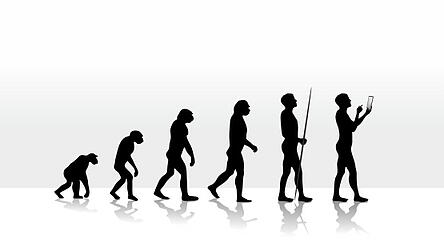“I’ve been in this business for 30 years, and I’ve never seen it like this.”
I can recall hearing that statement three times over the course of my adult working life. The first time I heard it was very early in my career. My boss at the time had been a part of the Texas oil field service industry for more than 30 years, and the mid-80s oil crash was taking its toll. What once had boomed was now busting, stripper wells that had been profitable were being plugged, and new drilling activity came to a virtual standstill. Prospects in the oil business were looking pretty dim.
I also remember the second occasion as if it were yesterday. It was the early 90s and I was at lunch with a co-worker who had just received their 30-year service pin from a major computer company. The World Wide Web was just beginning to make the world a much smaller place, and Louis Gerstner stepped in to save IBM from going out of business.
A couple of years ago my 30th college class reunion rolled by, and I heard the statement again. In fact, that time it might have been me who said it! Let’s just say that social media, digital marketing and mobile applications are proving to be major change agents for marketers in general. Tracking that statement for three decades, it’s obvious that change is timeless and cuts across all sectors of the economy.
How are you dealing with constant change? From my perspective I can vouch for the following:
- Don’t try to ignore the situation creating the change because that will only keep you off balance.
- Getting angry doesn’t help and often makes it worse.
- The “good old days” never really happened, and wishful thinking is a waste of time.
More importantly, top management can’t hand out “grand plan” detailed answers to address the entire transition because all the information they need simply doesn’t exist. Their new strategy in its full detail will need to evolve during the change process. In short, top management doesn’t have all the answers because some of the questions keep shifting. But that doesn’t mean they don’t need your support. In fact, broad-based grassroots support of change can make the difference for every organization.
During a time of constant change, here are five things you can do to prepare yourself and support your company:
Volunteer for assignments that push you out of the framework of your current job responsibilities. Some projects can give you medium-term exposure to new people and new kinds of tasks, preparing you for a broader range of future responsibilities. Assignments that provide extended exposure may include such things as cross-training, job rotation, and stretch assignments.
Take advantage of available learning and development resources. At many companies, training is available but under-utilized. Most of us feel too rushed in our current work to fit in the occasional hour or two of training. Become the exception to the rule — the employee who learns, grows, and actively prepares for new pursuits. It’s good for your image as well as your broadening skill set.
Make it a personal goal to learn more from your boss and your colleagues. Close work relationships put you in daily contact with the parts of other people’s work you may not fully grasp at present. Management practices in today’s business world call for flexible workers who can step in to perform available tasks rather than filling a single defined role.
Put some thought into the learning and development activities you would most like to pursue. Have an informal conversation with your boss about them. Then weave together your ideas and your boss’s ideas and bring them with you to your next performance review. After the usual evaluation of your work, turn the conversation to future growth of your skills to make you that much better of an employee.
Explore career opportunities that take you to different functional units within your company. Moving employees from role to role across leadership and functional areas is common in organizations that adapt quickly to changing environments. By pursuing those opportunities, you make yourself more valuable to the company while expanding your professional horizons.
The above are practical steps for embracing change, putting you on the leading edge of your constantly evolving work life. They can help you become the employee who pushes ahead, rather than the one who hears about change only as it happens.

